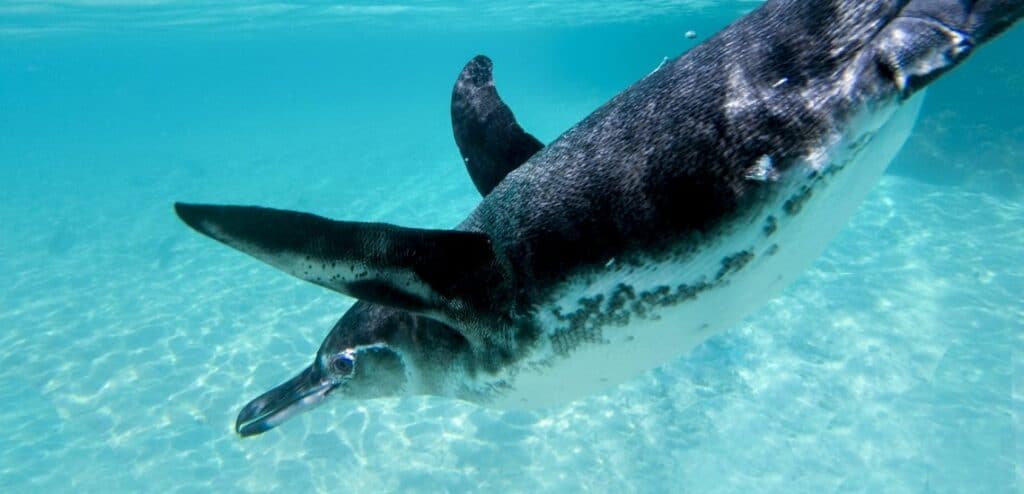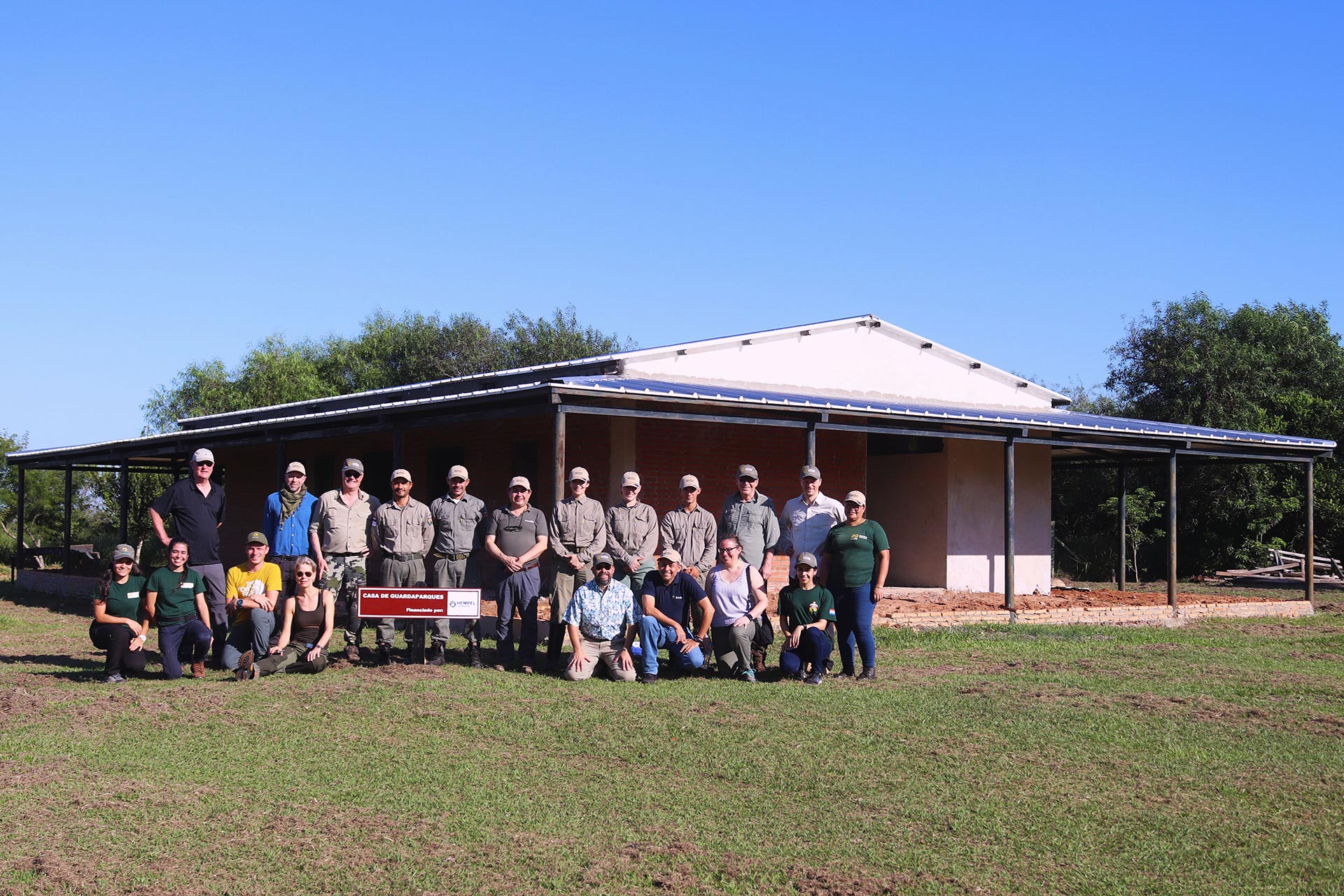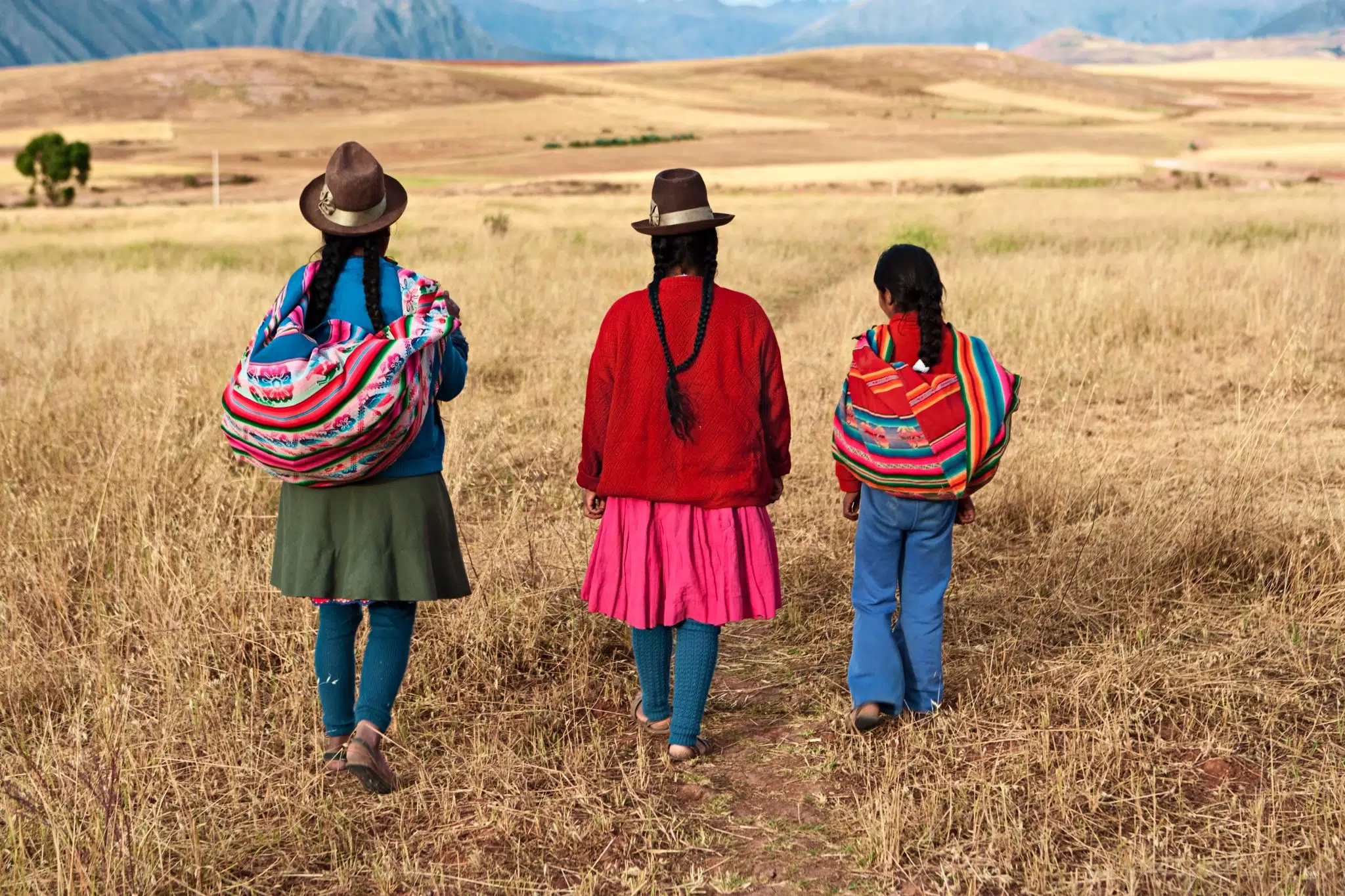The penguin that paddles in paradise

No huddles please for the Galapagos Penguin; this tropical trooper calls the warm waters of the equator its home. But life in paradise is anything but a walk in the sun for the world's rarest penguin...
By Alex Dale
If the concept of penguins frolicking on African beaches or waddling across New Zealand cityscapes blows your mind, then hold on to your flippers, because the reach of this remarkable family of birds extends much further north than that. Indeed, the northernmost-dwelling species of penguin has found a home on a sweltering tropical archipelago straddling the equator – about as far removed from popular imagery of penguins shivering on the South Pole as you’re likely to get.
We’re on the Galapagos – a chain of volcanic islands located 563 miles west of its parent country, Ecuador. The islands need no introduction to nature enthusiasts – their biodiversity and wealth of endemic species is the stuff of legend, and famously, the observations made by Charles Darwin when he visited the islands in the 19th Century formed the backbone of his influential theories of evolution and natural selection.
And by rights, the Galapagos Penguin Spheniscus mendiculus should be the poster child for evolution. Exactly how, thousands of years after they first washed up on these shores, has this diminutive penguin adapted to life in this most un-penguin-like of environments?
The answer: er, not without some difficulties. In order to survive in the scorching equatorial sun, Darwin’s theories have had to work overtime. Physically, the Galapagos Penguin has evolved to become smaller than most other penguins, a tactic that helps it keep cool, as animals with smaller surfaces areas can lose heat more efficiently.
It has also evolved to grow fewer feathers, and there are even patches of bare skin that help to radiate the sun’s heat away from its body. And at times when even these measures aren’t enough to cool down, you’ll find the penguins in their trademark pose, flippers outstretched to catch the cool sea breeze, panting like a dog. Take a closer look and you’ll see they take good care to hunch forward, shielding their feet from the baking sunlight.
The unique challenges of their island landscape has forced the Galapagos Penguin to change its breeding cycle as well as its build and its behaviour. It has become an opportunist. Instead of following strict breeding cycles like other species, the Galapagos Penguin couple for life and stay near their nesting sites all year round, ready and waiting for the chance to arise.
The species needs to remain open-minded about when to get down, because the availability of its food sources is completely at the mercy of the unpredictable ocean currents. Only when the sea temperature falls below a certain level, bringing with it a rise in nutrients (and subsequently small fish), will the penguins attempt to breed. It is testament to the resiliency of the penguin family that this tiny species has managed to carve out a niche for itself in such a seemingly alien environment.
Yet, it remains the rarest and most endangered of all the penguins, with an estimated population of just 1,200, and the main threat to their continued survival is a familiar one, one that evolution often struggles to keep pace with – human impact. Like fellow Endangered species Northern Rockhopper Penguin Eudyptes moseleyi, the Galapagos Penguin’s restricted range means that just one single event could prove disastrous. 95% of the world’s Galapagos Penguins are confined to just two islands – Isabela and Fernandina.
This stronghold falls within the boundaries of Galapagos National Park, allowing authorities to effectively tackle local threats such as invasive species and human disturbance of breeding areas. But a bigger threat to the species’ future is something that can’t be weeded out by boots-on-the-ground conservationists: climate change.
The same unpredictable climate cycle that dictates the Galapagos Penguins’ breeding habits can, and does, wipe out huge swathes of the population. The phenomenon is known as the El Niño-Southern Oscillation (ENSO) – an irregular variation in pressure that results in periodic rises and falls of the ocean surface temperature. So, just as the cooler periods bring a bumper crop of fish, so do too elongated periods of warmer temperature bring famine.
Such a happening from 1982-1983 resulted in the near-catastrophic loss of 77% of the entire penguin population, and another from 1997-1998 resulted in a crash of 66%. Both times, the penguin populations managed to rebound, but the recovery was slow and this is what worries conservationists on the island.
Dr. Gustavo Jiménez is senior researcher at the Charles Darwin Foundation, an NGO that has, since 1959, worked to provide scientific knowledge to aid the conservation of Galapagos’ wild-life. “The hypothesis is that the climate change is affecting natural processes such as El Niño”, he says. “If El Niño events come to the Galapagos more frequently, and stronger, it will not give the species time to recover.”
In order to better understand the long-term trends and prospects of the species, the Charles Darwin Foundation performs three annual monitoring exercises, tagging individuals and nests, and holds a census to compare year-on-year survival and mortality rates. Jiménez is clear on the consequences if El Niño’s effects are felt more frequently – the extinction of the species. But the solution is harder to pin down.
“Through research and information sharing, we hope we can show the impact of El Niño to politicians, and maybe they could change the vision in the future”, says Jiménez.
Fail to convince them, and it could finally be the end of this little penguin that, for all those years, has survived against all odds.
More news from the Americas
Stay up to date
Sign up to receive the latest bird conservation news. You’ll also receive updates about our projects, science and other ways to get involved including fundraising.
Thank you for your support, we are committed to protecting your personal information and privacy. For more information on how we use your data, please see our Privacy Policy. You can unsubscribe from emails at any time by using the link in the footer of any email from us.



